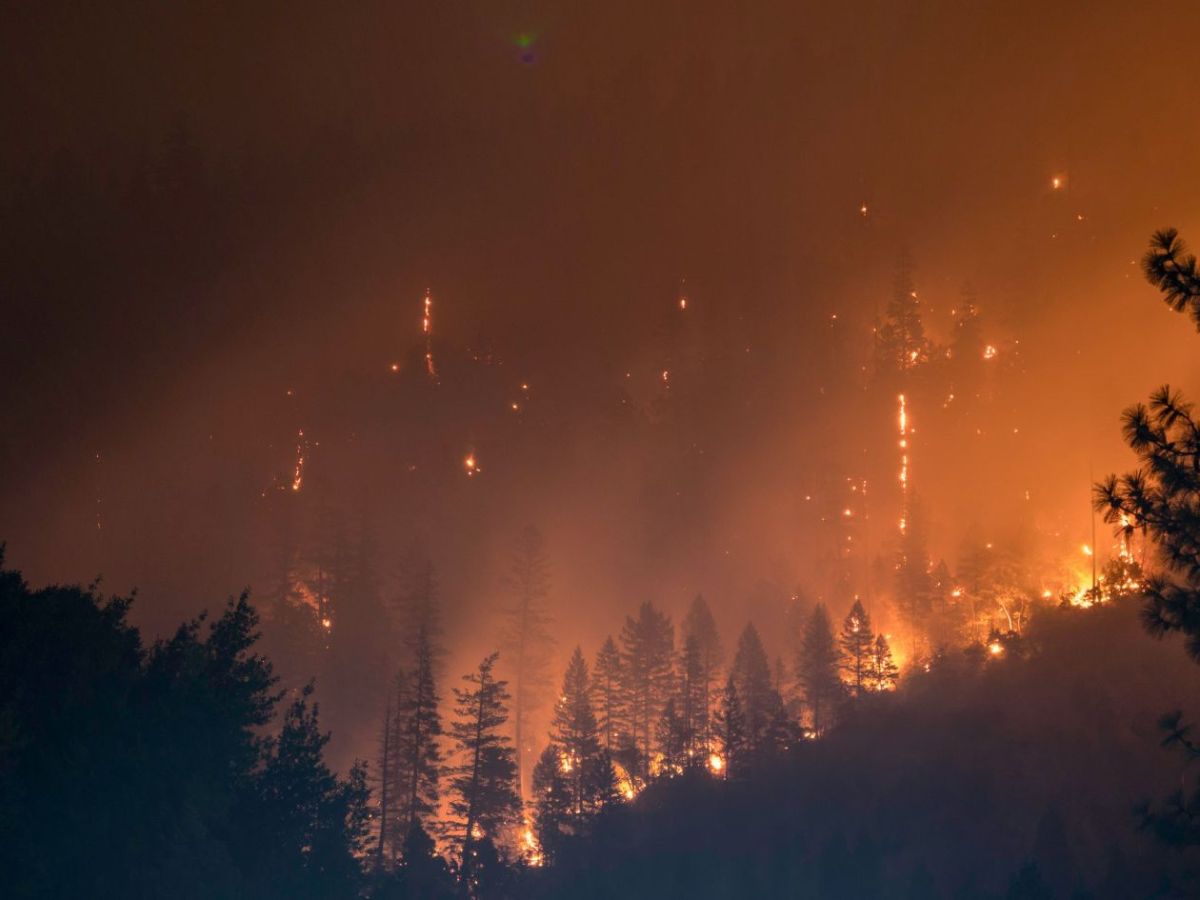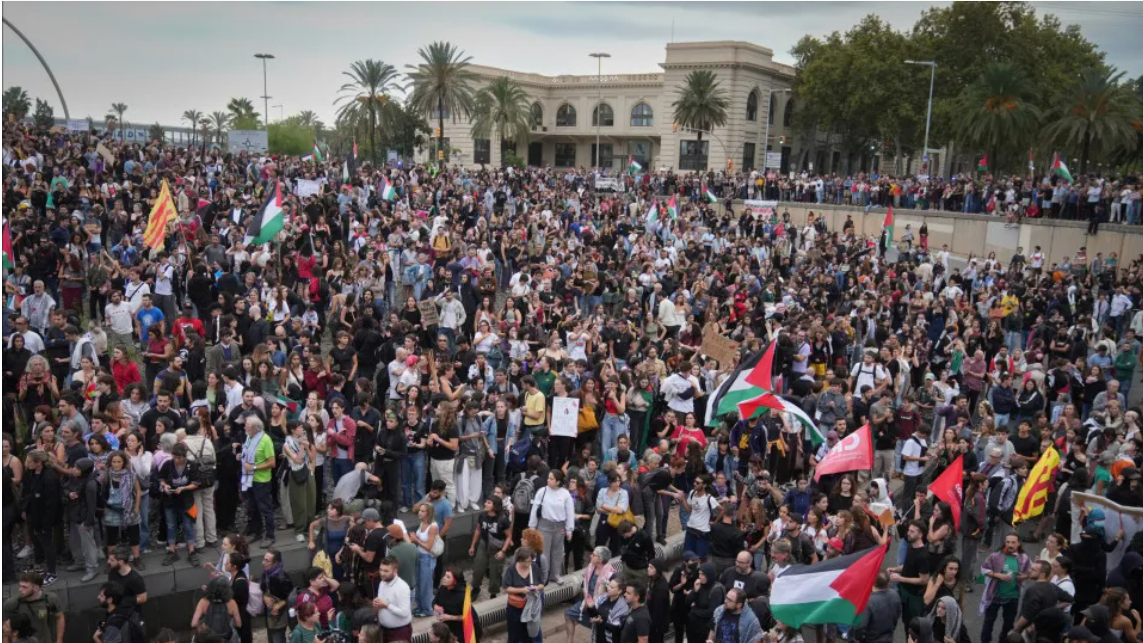Manzanos made these statements within the framework of the meeting of the Forest Fire Fighting Committee (CLIF) held in Logroño, according to a report by Nueve Cuatro Uno.
This committee is organized into working groups that agree on recommendations on information, prevention, air resources, operations, incident command systems, training and security, and meets twice a year, before and after the summer campaign, to coordinate actions at a national level.
The agreements adopted in this committee are submitted to the Sectoral Conference and are included in the Fire Prevention and Fighting Action Plan approved annually by the Council of Ministers.
Noemí Manzanos recalled that La Rioja allocates 80 percent of the budget of the General Directorate of Natural Environment and Landscape to prevention and extinction, which is directed to forest management, and more than 8 million euros allocated to prevention and extinguishing of fires”. She recalled that the regional Executive, in terms of fighting forest fires, is committed to prevention, through preventive forestry, the regulation of the use of fire and other preventive activities.
Cameras
Regarding extinction, efforts are focused on achieving fast results and to do this twelve checkpoints are distributed throughout the region.
During the summer, La Rioja has more than 300 specialized personnel, including Forest Agents, Forest Firefighters, Technicians from the General Directorate of Natural Environment, personnel from aerial resources, CEIS Rioja, resources from the Ministry for the Ecological Transition, Civil Guard, Protection Civilian and the Military Emergency Unit (UME) formed to respond, immediately, to any type of incident.
In addition, there are eleven regional fire centers, located in Ezcaray, Santurde, San Millán, Villavelayo, Anguiano, Villoslada, Ortigosa, Torrecilla, San Román, Murillo and Cornago.
To detect the first outbreaks of fire, La Rioja has fixed surveillance points, fifteen turrets installed in strategic areas of the region with greater visual range and which are a key element in detecting fire.
This campaign adds a complementary surveillance system of eighteen cameras operated by remote control, which allow large areas and dead spots to be observed and monitored, which complement the surveillance of the turrets; They are all located in strategic areas, and they will begin to be used this year in the testing phase.












